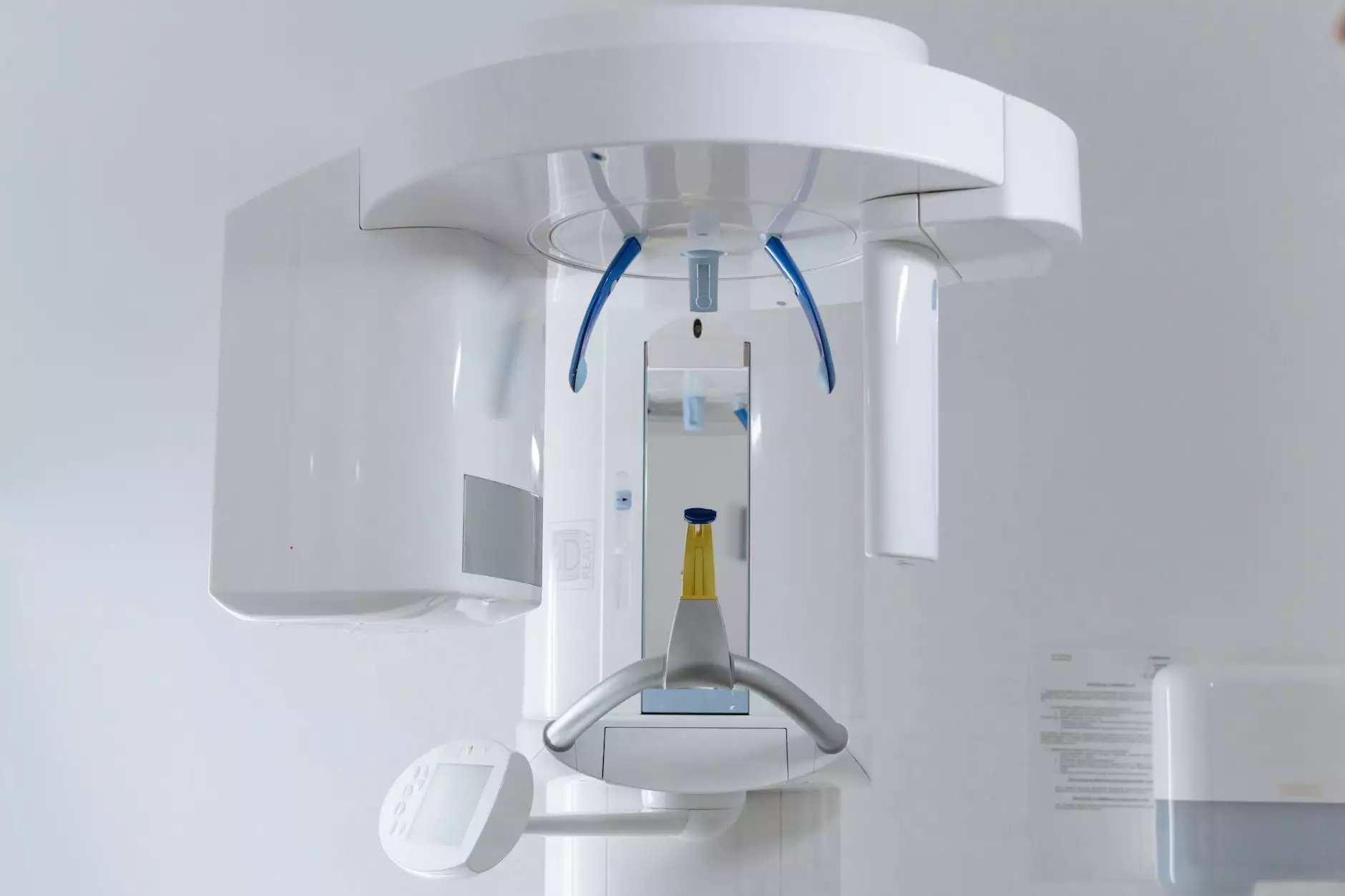Understanding Myomectomy: A Comprehensive Guide

Myomectomy is an important surgical procedure that can significantly enhance reproductive health for women suffering from uterine fibroids, also known as myomas. As one of the most common surgeries performed by obstetricians and gynecologists, it is essential to understand the intricacies surrounding myomectomy, including its benefits, risks, and the overall impact it has on women’s health.
What Are Uterine Fibroids?
Uterine fibroids are noncancerous growths that develop within the uterine wall. They can vary in size from as small as a pea to as large as a grapefruit. Here are some key points about fibroids:
- Types of Fibroids: Fibroids can be classified into different types based on their location—submucosal (inside the uterine cavity), intramural (within the uterine wall), and subserosal (on the outer surface).
- Symptoms: Many women experience symptoms such as heavy menstrual bleeding, pelvic pain, and pressure symptoms. However, some fibroids may not cause any symptoms at all.
- Cause: The exact cause of fibroids is not fully understood, but hormonal factors, particularly estrogen and progesterone, seem to play a significant role in their growth.
What Is a Myomectomy?
A myomectomy is a surgical procedure intended to remove fibroids while preserving the uterus. This is particularly beneficial for women who wish to maintain their fertility or avoid a hysterectomy. Unlike hysterectomy, which entails complete removal of the uterus, myomectomy focuses solely on fibroid removal.
Indications for a Myomectomy
There are several reasons why a myomectomy might be indicated:
- Persistent pelvic pain or discomfort caused by fibroids.
- Heavy menstrual bleeding that cannot be controlled by medication.
- Subfertility or difficulty in conceiving associated with fibroid presence.
- Enlarged uterus due to fibroids.
Types of Myomectomy
There are several techniques used to perform a myomectomy, and the choice of technique typically depends on the size, location, and number of fibroids:
- Abdominal Myomectomy: In this approach, an incision is made in the lower abdomen to access the uterus directly. This method is beneficial for larger or multiple fibroids.
- Laparoscopic Myomectomy: This minimally invasive method uses small incisions and special instruments, including a camera, to remove the fibroids. Recovery time is usually shorter with this technique.
- Hysteroscopic Myomectomy: Performed through the vagina and cervix, this technique is used primarily for submucosal fibroids and does not require an external incision.
The Myomectomy Procedure
Understanding the procedure can alleviate anxiety for women considering this surgery. Here’s a breakdown of what to expect:
- Pre-operative Consultation: Prior to the procedure, your doctor will perform tests such as ultrasounds or MRIs to assess the size and location of fibroids.
- Anesthesia: Patients are typically placed under general anesthesia or regional anesthesia, depending on the technique used.
- Fibroid Removal: The surgeon carefully removes the fibroids from the uterus, taking great care to minimize bleeding and preserve healthy tissue.
- Closure: The uterus is then sutured back together, and incisions are closed if applicable.
Recovery After Myomectomy
The recovery process after a myomectomy can vary based on the surgical technique used:
- Abdominal Myomectomy: Recovery may take several weeks, and patients can expect soreness and fatigue.
- Laparoscopic Myomectomy: Recovery is typically quicker, often within a week, with less pain reported.
- Post-operative Care: It is essential to follow the surgeon's guidelines for care after surgery, including restrictions on physical activity and follow-up appointments.
Benefits of Myomectomy
Myomectomy offers several benefits to women suffering from uterine fibroids:
- Preserved Fertility: Women looking to conceive can often do so after experiencing a myomectomy.
- Symptom Relief: Many patients report significant relief from symptoms such as pelvic pain and heavy bleeding.
- Improved Quality of Life: By alleviating painful and disruptive symptoms, women often experience an overall enhancement in their quality of life.
Potential Risks and Complications
Like all surgical procedures, myomectomy carries some risks and potential complications, which may include:
- Infection at the surgical site.
- Excessive bleeding leading to the need for blood transfusion.
- Possible damage to adjacent organs, including the bladder or bowel.
- Adhesions or scar tissue formation that can affect future pregnancies.
Long-Term Outlook
Most women experience significant, long-term relief from fibroid symptoms after undergoing a myomectomy. However, it’s essential to understand that fibroids can recur. Regular follow-ups with your healthcare provider are crucial for monitoring and managing any potential recurrence of fibroids.
Conclusion
In conclusion, myomectomy is a pivotal surgical option for women affected by uterine fibroids. With its potential to alleviate symptoms while preserving reproductive capabilities, it stands as an essential procedure in the field of obstetrics and gynecology. If you are considering a myomectomy, it is vital to consult with a qualified healthcare provider to discuss your options thoroughly.
Contact Us
For more information on myomectomy and to schedule a consultation, visit us at drseckin.com. Our team of experts is dedicated to providing personalized care tailored to your needs.



